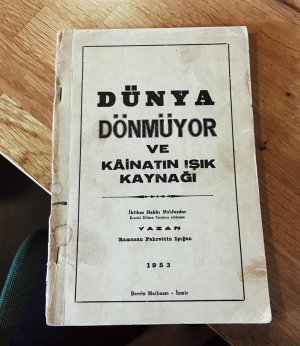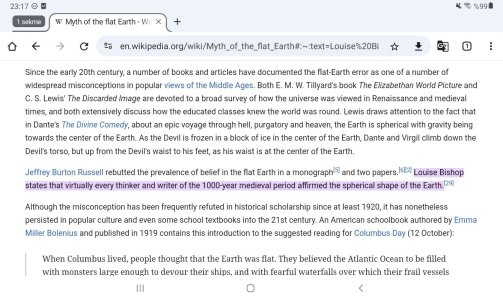Is this the description of a society (the same pdf linked above) that believed in a round earth:That is still a pretty small proportion of the wold. From here, in 1500 23.5% of the population lived in China. From here (pdf) is seems at least unproven that they believed the world was round "The widely held conception that China comprised "all under heaven" (tianxia)". 12.6% lived in the Delhi Sultanate, which as I understand it was mostly Hindu while the rulers were Muslim. What does that say about the intelligentsia's belief? The third most populous was the Incan empire at 4.6%, and as I understand it the flat earth was a point of faith.
In determining the spatial and temporal dimensions of a site, adepts of this Directions and Positions school relied heavily on the geo- mantic compass (luopan or [uojing), a complicated instrument whose dial might have as many as thirty-eight con- centric rings centered on a "celestial pool" that housed a magnetic needle (fig. 8.11). Inasmuch as these rings incorporate "nearly all the Chinese symbols which are used in dealing with time and space," ranging from the eight trigrams to the twenty-eight lunar lodges, it amounted to "an outline of the universe according to traditional Chinese natural philosophy."
Spoiler Figure 8.11 :
And this says:
The theory of the celestial sphere surrounding a flat, square earth was later criticized by the Jin-dynasty scholar-official Yu Xi (fl. 307-345). He suggested that the Earth could be round like the heavens, a spherical Earth theory fully accepted by mathematician Li Ye (1192-1279) but not by mainstream Chinese science until European influence in the 17th century [see J.Needham, Volume 3, pp. 220, 498-499].
Concerning South Asia, wikipedia says:
The medieval Indian texts called the Puranas describe the Earth as a flat-bottomed, circular disk with concentric oceans and continents. This general scheme is present not only in the Hindu cosmologies, but also in Buddhist and Jain cosmologies of South Asia. However, some Puranas include other models. The fifth canto of the Bhagavata Purana, for example, includes sections that describe the Earth both as flat and spherical.
It is not exactly clear who believed what, but the population of South and East Asia makes the population of Europe hardly a rounding error, so if the question is what did most people believe then these questions are more relevant that the Europeans.
Last edited:


